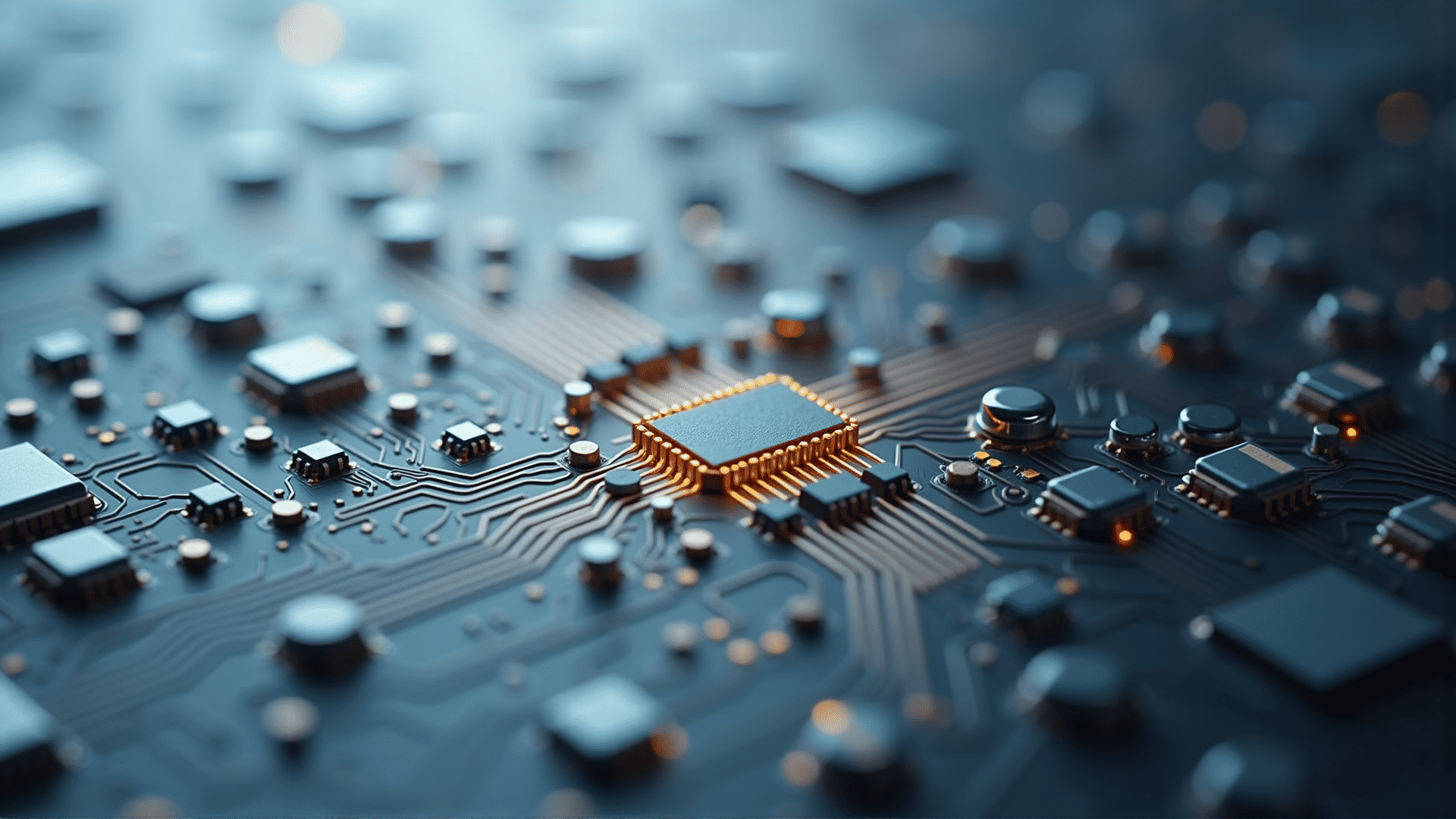Nanoelectronics represents a groundbreaking frontier in technology, where the vast world of electronic possibilities converges to the minuscule scale of nanometers. This domain of innovation is at the heart of modern electronics, promising to revolutionize the way we interact with technology in our everyday lives.
Historically, the journey to miniaturization has been driven by the relentless pursuit of faster, more efficient technology. At the core of this pursuit is Moore's Law, the observation that the number of transistors on a microchip doubles approximately every two years, thereby enhancing computational power. As traditional silicon-based technology approaches its physical limits, nanoelectronics emerges as a solution to push the boundaries even further, using nanometer-scale components to create incredibly powerful yet compact devices.
One of the central aspects of nanoelectronics is its potential to drastically improve the performance of electronic devices. At the nanoscale, quantum effects become significant, allowing for the creation of components that are much smaller and consume less power compared to their traditional counterparts. This means not only more powerful processors but also more energy-efficient smartphones, laptops, and other electronic devices, extending battery life and reducing heat generation.
Nanotechnology in electronics also opens doors to new materials and phenomena that were previously inaccessible. For instance, carbon nanotubes and graphene, known for their extraordinary electrical properties, hold the potential to outperform silicon. These materials are not only incredibly small but also exhibit excellent conductive properties, making them ideal candidates for the next wave of transistors and integrated circuits.
Beyond just computing power, nanoelectronics enables advancements in other sectors such as healthcare and environmental technology. In medicine, the integration of nanoscale sensors can lead to more precise diagnostic tools and drug delivery systems. Imagine pills that, once ingested, can travel to a specific part of the body and deliver medicine exactly where it is needed, significantly enhancing treatment efficacy while minimizing side effects.
In environmental technology, nanoelectronics contributes to the development of more efficient energy harvesting and storage systems. Solar panels with nano-optimized surfaces can achieve higher sunlight absorption rates, and batteries enhanced with nanomaterials can store more energy, charge faster, and last longer. These applications are vital as the world moves towards renewable energy sources and more sustainable practices.
Despite its promising potential, the field of nanoelectronics faces challenges that need to be addressed. Manufacturing at such a small scale requires precision and new methodologies, as traditional fabrication techniques struggle to produce components at the nanoscale effectively and economically. Furthermore, there are concerns related to the environmental and health impacts of nanoparticles, necessitating comprehensive studies and regulations to ensure safety.
In conclusion, nanoelectronics is at the forefront of a technological revolution, reshaping various industries with unprecedented capabilities. As scientists and engineers continue to explore this tiny yet potent realm, the possibilities are virtually limitless, promising a future where electronic devices are faster, smaller, and more efficient than ever before. As obstacles are overcome with innovation and collaboration, nanoelectronics will undoubtedly pave the way for the next generation of transformative electronic solutions.
